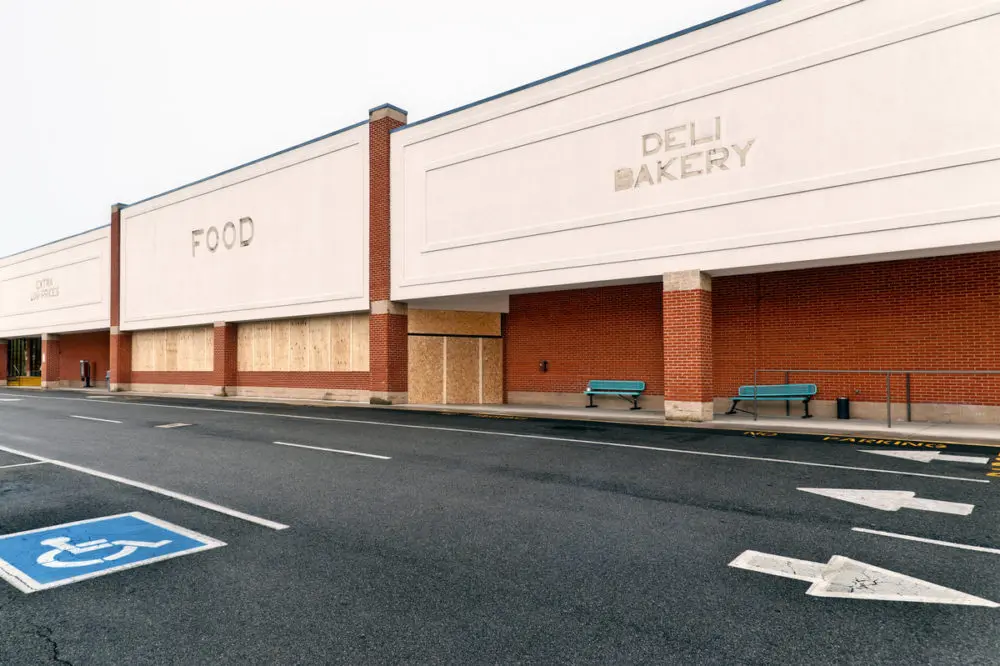
5 Ways Local Grocers Thrive during a Recession
One of the basic rules of economic expansions is: What goes up, must come down. At some point, the economy will take a downturn — especially since downturns have occurred on average every five years for the past 150+ years, according to the National Bureau of Economic Research. As conversations heat up, debating whether we are heading into another recession, local grocers need to take a serious look at whether they are prepared.
When the last great recession hit, McKinsey researched how consumers responded. None of the findings should surprise you. Their conclusions showed a very practical side to how consumers think and behave. With a five-point list, McKinsey boiled it down, starting with the most obvious, which is that consumers controlled their spending. The simplicity continued, as consumers became frugal, only replacing items when needed. They embraced do-it-yourself (DIY). They sought value. Finally, they shopped smarter.
Ten years later, these five basic consumer responses to a downturn still make great sense. I believe the way for local grocers to prepare for the next recession, no matter whether it comes tomorrow, next year, or another five years out, is to revisit this list with a decade’s worth of technology gains to bolster the chances of riding it out successfully.
5 Ways Local Grocers Can Prepare for the Next Economic Recession
- Control spending. In the last ten years, consumers have learned to do a whole lot of research before making a purchase. Merchants who think digital is about driving consumers to buy online miss the main point. eCommerce may be decimal dust in your actual sales but make no mistake; shoppers are doing their online research before venturing into your store. Specials and promotions are the most obvious. Location, traffic, and new local choices are also factors. Most importantly, while you may not notice a fall in foot traffic, cross-category sales may be shrinking. Why? Because shoppers are sourcing their product needs from 4 to 5 different sources, with digital offers beginning to take over on specialty items, beauty products, bulk items, and pet supplies. Rest assured, this list will grow. Read our article on mobile coupon activations to see how you can foster greater shopper loyalty.
- Make frugal repurchases. It’s hard to argue against economic restraint, only buying what we need and will consume. Merchants strive to balance out-of-stock with controlling wastage and minimizing storage costs. Consumers are no different. They can be just as smart and now have at their disposal the technology to manage this need efficiently. The technology and science of “just in time” delivery has been the answer for grocers, and now it extends to consumers as well. Some things we bulk up and store because we get a better deal and have the storage space. That minimizes repurchase rates. Other items we only buy what we need and get when we need it.Catering to these consumer requirements can be done through online shopping lists that track and remind consumers when they typically need specific items replaced. “Netflixing” shopping lists with smart, individualized promotions will make great sense to consumers. If a shopper usually buys x products at a particular frequency, he or she can be nudged at the same interval and served up relevant promotions when expecting a repurchase. They can also be upsold related products by others like them who enjoy associated products. Now the local grocer is researching on behalf of the consumer who does not need to look elsewhere. Quite the opposite of blanketing offers and spamming customers, tailored offers that best suit the frugal shopper will ensure future loyalty.
- Do It Yourself (DIY). Consumers love DIY solutions. Credit YouTube and social media in general for offering solutions to seemingly every problem accessible to an enthusiast eager to learn. Not everything can be discovered online, however. Consumers also enjoy immersive, in-person experiences. For local grocers whose businesses have relied on self-directed shopping, in-store immersive experiences that teach and entertain are great ways to draw in customers. Digital plays a critical role in marketing these experiences and in creating follow-up communities. Many examples come to mind, such as cooking clubs or gathering places for specialty food needs that cater to religious or individual food passions (like vegan, artisanal, organic/non-GMO, etc.)
- Seeking value. Too many view “value” solely as offering low, competitive prices. It is also about time and convenience. While shopping online and then paying $10 or so for delivery may not meet the definition of value for many, “click and collect” at little to no cost to the consumer provides a perfect compromise. And consumers are noticing. Order online and pickup in-store programs are increasingly available among large national grocers like Walmart and Kroger and regional grocers like Weis Markets, which is a client of ours. The beautiful “win-win” intersection of value is found of course, in private-label products. Too many new digital offers leave these out versus making them front and center of the value proposition. Local grocers can fight back through lower-cost, higher-margin private-label products promoted online and in-store.
- Shop smarter. Smarter and digital go hand-in-hand. Rather than training customers on doing something new with the technology they may hesitantly adopt, we believe a better starting point is helping them with something they have always done. Flyers are a great starting point. Consumers have been checking weekly flyers for over a hundred years. Many grocers responded to the digital world by replacing weekly paper versions with digital ones. That hardly qualifies as innovation. Instead, why not make them e-commerce personalized individual shoppers, surfacing only promotions that are relevant to that individual? While the economy remains buoyant, local grocers ought to additionally focus on creating stickiness through loyalty programs that are not a detriment to the P&L. With loyalty profile and shopping history information at hand, a host of data is offered to the retailer through which they can do individual shopper-based offers that promote new cross-category sales. As well again, “Netflix” type recommendations can be made of related products to the typical baskets that others like them enjoy.
Local grocers who do not learn history are doomed to repeat it
Ten years has been a great run. We can learn from the past, remembering how shoppers react and improve the options available to them when the economy eventually circles down. Hopefully, the current growth runs continue for some time, setting new records. Up or down, aligning with your customers’ thinking with new digital technology that caters to their needs is the perfect positioning for all local grocers.
Explore our article on defining your eGrocery strategy in the new world to uncover the tools and technologies you need to be leveraging to keep pace with market leaders.
Enjoyed this blog post? Then you might like this resource:
- Blog Post: Surrounded: Growing threats to traditional Grocery Retail Industry, featuring Brittain Ladd

